
Protein shakes are fast becoming a viable alternative for those living with Type 2 Diabetes. Not only can they provide a quick, portable, and convenient alternative to traditional sit-down meals, but they can also be a great snack or meal replacement option for someone who needs help with reducing their carbohydrate intake. Strategically choosing a protein-heavy shake that is also low in carbs will help reduce blood sugar spikes and improve the overall control that a diabetic person has of their health.
Whey protein is known to help control blood sugar spikes so below; we put together everything you need to know about protein shakes for diabetics. By the end of this article, you’ll have a better understanding of how to make a delicious protein shake that will keep you satisfied as well as help you maintain stable blood sugar levels.
In this article, we’ll explore:
- Why protein shakes work for diabetics
- What to look for in a protein shake
- 5 best protein shakes for diabetics
- Step-by-step guide for how to make a delicious protein shake at home
Why Protein Shakes for Diabetics?
Protein shakes for diabetics are an easy and satisfying meal replacement or alternative that can be added to any healthy routine. Let’s explore the top five reasons to add a protein shake to your day.
1) Build Muscle
Protein shakes contain a hefty dose of amino acids which are also known as the building blocks of protein. With so many supplement options in the market, it is easy to find a tasty shake that best meets your needs. Whether you are looking for a calorie dense shake that resembles a traditional meal, or a protein shake low in fat and carbs to better help you manage your weight and blood sugars, the right shake is out there for you.
2) Manage Blood Sugars
Keep blood sugars in control with a low sugar protein shake. There are many low-carb protein powders that are made with no added sugar. These low-carb options will prevent blood sugar spikes after eating.
3) Easy to Digest
Fast-acting whey protein powder is very easy on your digestive system which can help reduce digestive issues. Many protein shakes will limit or break down a sugar found in milk called lactose which allows those with a lactose intolerance to enjoy the benefits of a protein shake. Best of all, the nutrients from a protein shake tend to be broken down easily in order for them to be put to good use right away.
4) Fit Any Lifestyle
Protein shakes can be modified to any diet. You can make your protein shake with very few carbohydrates or turn it into a complete meal replacement with a balance of protein, carbs, and fats. As long as you know the amount of carbs you’d like in your shake, you can tailor your protein supplement to meet your individual needs.
Let’s get one thing clear, unless your doctor or dietitian indicate otherwise, you should not treat a protein shake as a replacement for every meal. Typically, protein shakes will not deliver all the fiber, vitamins, minerals, fats, and complex carbs you need to be healthy.
Supplementing with standard over the counter protein shakes alone is not a balanced routine. If you want to increase your protein intake without impacting your blood sugar levels, a high protein and low carbohydrate shake can be a good way to go. There are many protein drinks that can be appropriate for someone who has diabetes, it is just a matter of finding the right combination of calories, protein, and carbs to help optimize their blood glucose levels.
What to Look for in a Protein Shake for Someone With Diabetes
When searching for quality protein shakes for someone with diabetes, there are a few key things to keep in mind. First, decide whether your protein shake will be used as a meal replacement or as a between meals snack.
Next, consider the type of protein powder and sweetener source. Here are some helpful hints to get started.
Meal Replacement versus Supplemental Shakes
The first step in selecting healthy shakes for someone with diabetes, is deciding whether the protein shake is going to be a meal replacement or a supplemental shake. If you are looking for a meal replacement shake, you will want to find something higher in calories (ideally more than 300 calories per serving) that contains more carbohydrates, protein, and fat than a standard supplemental shake. If you are looking for a supplemental shake to enjoy between meals or after a workout, most pre-mixed drinks will have between 150 and 200 calories.
Protein Source
When finding a protein powder that is appropriate for people with diabetes, consider whether you’d like to choose an animal-based protein or plant-based protein. Both animal and plant proteins offer all the essential amino acids, but there are a few key differences.
1) Animal-Based Protein
Whey is the most commonly used animal-based protein. It is the protein component of cow’s milk. Whey is a complete protein, meaning it has all of the essential amino acids needed for muscle repair and growth.
In human studies, whey consistently outperforms other protein sources, including plant-based protein for muscle recovery after a workout. Whey contains more leucine, an amino acid that is particularly important in muscle maintenance.
2) Plant-Based Protein
If you are looking for an animal alternative for your protein shake, then plant-based proteins are ideal. Soy and pea are the main plant-based proteins used to make protein powders.
Soy and pea proteins are low in carbohydrates and high in protein similar to whey protein. They have essential amino acids, but they are present in smaller amounts than in comparison to whey.
Sweetener Source
Choosing healthy protein shakes for someone with diabetes includes considering the sweetener source. Added sugars may cause unwanted blood sugar spikes. Make your protein shake work for you by avoiding unnecessary sugar. Although some sugar may come from a healthy source like fruit, fruit nectars, and agave, someone with diabetes will still have unwanted spikes to their blood sugar when these items are in excess which can have negative outcomes for that person. Thankfully, many protein powders on the market today choose to sweeten their shakes with non-nutritive sweeteners. The two most popular sweeteners are sucralose and acesulfame potassium. These sweeteners generally have minimal effects on blood sugars and are generally safe for consumption.
Though each person is different and you know your body best. Be sure to look for the type of sweetener listed in the ingredients in your protein shake.
Best Protein Drinks for Diabetics: Pre-Mixed
Looking for pre-mixed protein drinks for someone with diabetes? Here are our top suggestions for premixed diabetic protein drinks.
Glucerna
Glucerna is gluten-free, safe for those that are lactose intolerant and it is formulated specifically for diabetics. Glucerna is also fairly moderate in carbs and calories, making them a good choice for diabetics.
Almased
Almased is a meal replacement shake made from soy, skim-milk yogurt powder, and honey enzymes. It has more sugar than you’d expect, but not too many total carbohydrates. It has a fairly low glycemic index and a very reasonable glycemic load, which means it will take longer to digest and enter the blood stream and as a result won’t spike blood sugar as quickly.
BOOST Glucose Control
BOOST Glucose Control is a gluten-free meal replacement that is suitable for the lactose intolerant, and it delivers a hefty dose of protein. It has one of the best nutritional profiles of any of the pre-mixed diabetic shakes.
Extend Nutrition
Extend Nutrition is a protein shake developed by a former president of the American Diabetes Association. These shakes are formulated specifically to help manage blood sugar for up to 9 hours after consumption.
Make Your Own Delicious Diabetic Friendly Shakes
Why not try making your own protein drink? Controlling what goes into your shake can help you individualize the sugar and carbohydrate content.
Start by purchasing high quality protein powder (such as the whey protein powder produced by Well Wisdom which is low in sugar and excellent for managing blood sugar levels). You can use this high-quality protein powder to make your own delicious smoothies and shakes.
Step-by-Step Protein Shakes for Diabetics
Follow these five simple steps to make your next protein shake.
Step 1: Start with a liquid base.
Water is the best choice of liquid in terms of glucose control because it contains no sugar or carbs of any sort. If you’re going to use milk, be aware that lactose may raise the total sugar content and glycemic load of the smoothie.
Milk alternatives such as almond or oat milk will add flavor but can also add carbohydrates. Look for the carbohydrate content on the food label and try to choose a sugar-free variety of these plant-based milk alternatives when able. DO NOT use juice, even fresh-squeezed juice. Juice has all the sugar from fruit but little to none of the fiber. Using juice as your base will only spike your blood sugar. Instead of using juice, add flavor with whole fruits and veggies. By blending in whole fruit/veggies into any shake, you keep the fiber content which will help prevent unwanted blood sugar spikes.
Step 2: Add a scoop of protein powder.
Try to find a quality protein powder with no added sugar. Look for one with the only source of carbs being the lactose (milk sugar) already present in the whey or casein protein. If you prefer a plant-based or vegetarian protein, you can also opt for lower-carb soy, pea, or hemp protein.
Some protein powders are made with natural flavorings, such as chocolate, vanilla, or peanut butter. As long as these flavorings do not increase the sugar content of the protein powder, they are a fine option to consider to help improve the taste of your shake.
Step 3: Blend in fruit (and veggies).
Fruit provides a hefty dose of vitamins, fiber, and antioxidants, which can help to make your smoothies and shakes healthier and tastier. However, be warned: fruit also contains more sugar (fructose), so it will increase the glycemic load of the shake. Limit the addition of fruit to no more than one or two servings. A serving of fruit, such as half a banana or one cup of berries has approximately 12 grams of carbohydrates, so this can add up quickly if you are not careful.
Berries are an excellent addition to any creamy shake and they can raise the nutritional profile. They taste especially good with cocoa-flavored protein powder but are so versatile they can be used in many different ways. If you’re making a water-based protein shake, you may want to vary the flavor profile to improve the taste.
You can change the taste of your smoothing by adding citrus fruits, apples, pineapples, watermelon, or any other fruit. However, it’s important to remember that some fruits (like peaches or mango) contain more sugar than others (like lemon or grapefruit). Try to use low-glycemic fruits and limit it to no more than two servings total to prevent blood sugar spikes.
Bonus Step: The veggies.
If you’re making a water-based protein shake using flavorless protein powder, you can make a near-complete meal by adding veggies (like carrots, beets, celery, or cactus) into your shake. This raises the fiber content of the drink significantly, which in turn lowers the glycemic load. It’s a great option for consuming raw vegetables quickly and easily.
For veggie smoothie inspiration, take a look at our Carrot-Papaya Protein Smoothie & Blueberry-Avocado Protein Smoothie for water-based protein shakes.
Step 5: Consider other low-carb ingredients.
Diabetic approved shakes don’t have to just include fruits and veggies, feel free to get creative with other ingredients. Nut butters, such as almond or peanut, are a great place to start adding a bit of protein and healthy fats. Adding fat also increases satiety, so you feel full longer after the shake. You may also want to consider adding spices like cinnamon, nutmeg, or apple pie seasoning to jazz up your shake.
A water-based shake made with low-carb protein powder and added veggies can contain almost no carbs and will provide a hefty dose of amino acids and nutrients without spiking your blood sugar levels. The best way to know if a protein shake recipe is working for you is to test your blood sugar about two hours after drinking it. This will allow you to gauge if you added too much fruit or need to choose a different base for your protein shake.
The great thing is that you can modify the recipe next time to reduce the carbs. Making a nutritious protein shake for diabetics is very easy, provided you know how to mix and match low-glycemic ingredients effectively.
Try to get creative by varying the flavors, add-ons, and type of protein powder day to day. If you need a few ideas, you can check out the recipes section of our site which is loaded with lots of creative and low-carb ways to create the protein drink of your dreams. The important thing to remember is that protein shakes can be made to include very little carbs and sugars, provided you mix the right ingredients together.
Bottom Line
The best protein drink for diabetics is one that is low in sugar and that you will actually drink regularly. Choosing a healthy shake for someone with diabetes starts with finding ingredients that work best for your individual needs. Review our list of recommended pre-mixed protein drinks.
If you’re looking to mix things up with your protein shake, simply follow our simple step-by-step guide. There is no reason for a person with diabetes to be limited to bland and boring shakes, if you stick with low-carb ingredients, the sky’s the limit.
References:
- Tang, J. E., Moore, D. R., Kujbida, G. W., Tarnopolsky, M. A., & Phillips, S. M. (2009). Ingestion of whey hydrolysate, casein, or soy protein isolate: effects on mixed muscle protein synthesis at rest and following resistance exercise in young men. Journal of Applied Physiology, 107(3), 987–992.
- Gardner, C., Wylie-Rosett, J., Gidding, S. S., Steffen, L. M., Johnson, R. K., Reader, D., Lichtenstein, A. H., American Heart Association Nutrition Committee of the Council on Nutrition, Physical Activity and Metabolism, Council on Arteriosclerosis, Thrombosis and Vascular Biology, Council on Cardiovascular Disease in the Young, & American Diabetes Association. (2012). Nonnutritive sweeteners: current use and health perspectives: a scientific statement from the American Heart Association and the American Diabetes Association. Diabetes Care, 35(8), 1798–1808.
- The Best Protein Shakes for Diabetics - November 30, 2022
- Whey Protein vs Pea Protein: Which is Better? - September 27, 2022
- Gluten Free Protein Powder - August 19, 2019

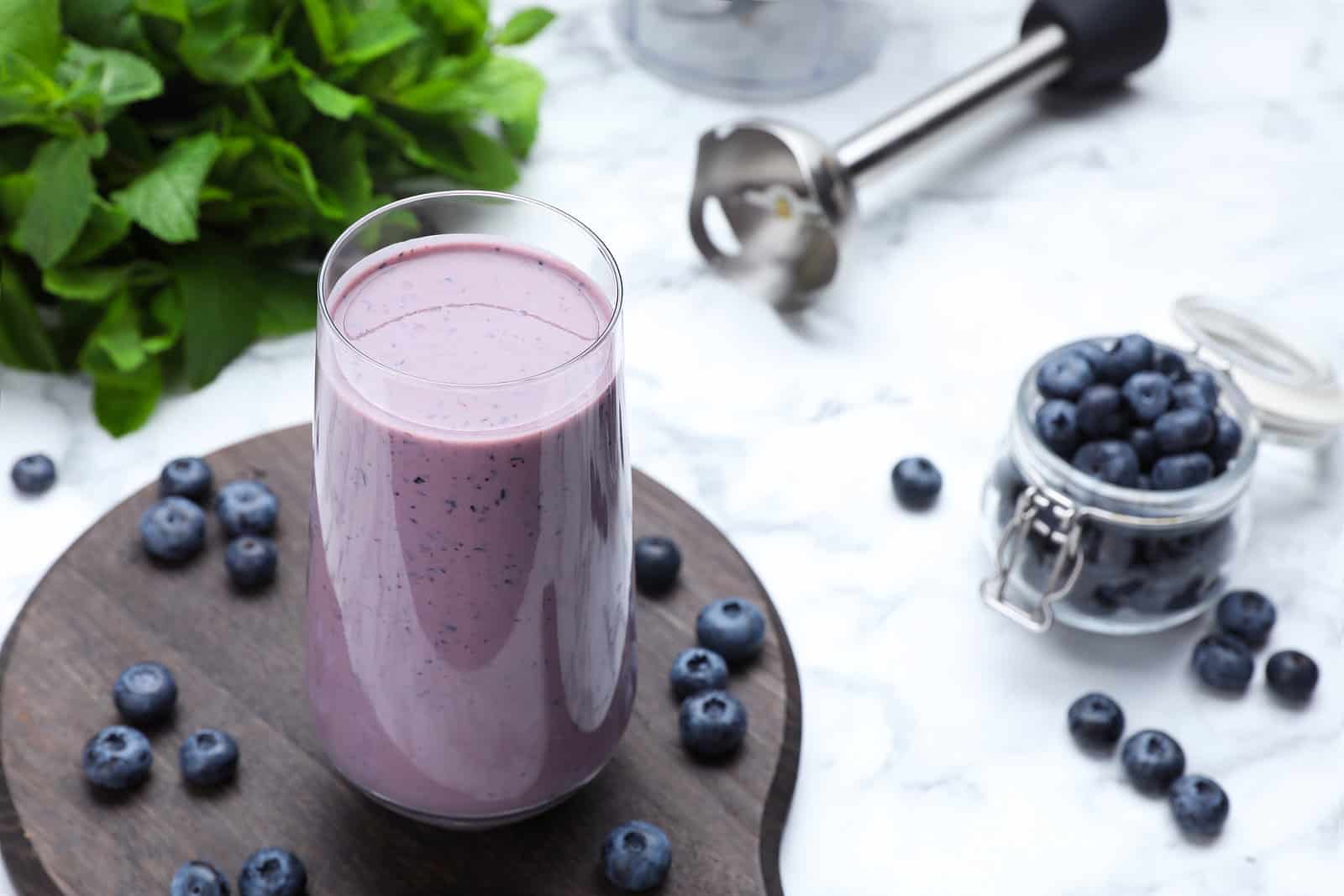
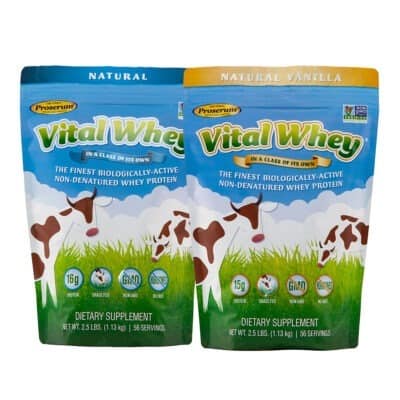
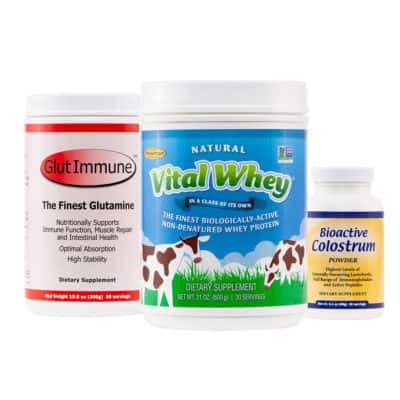
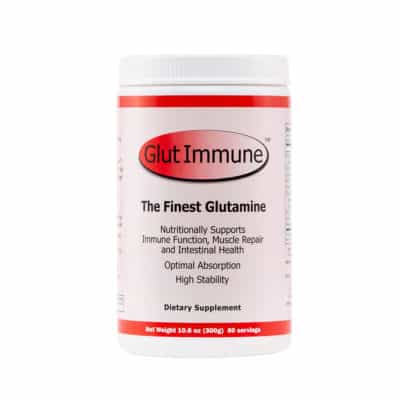
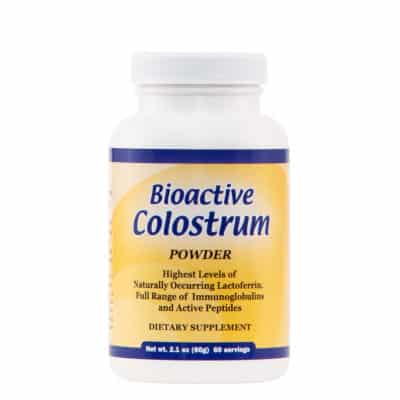
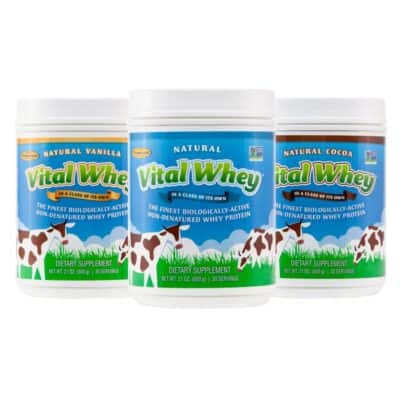
thanks you for sharing these important information. This will surely help a lot of prediabetic individuals out there
Thank you for sharing this useful information on the blog about diabetes. This is so much useful for my father to neutralize his sugar levels. The protein shakes, Diabetic Protein Powders and fruits also help him to satisfy his diabetic sweet carvings.
This is the best one 🙂
Thanks for this amazing & helping article about the proteins shakes
Thanks